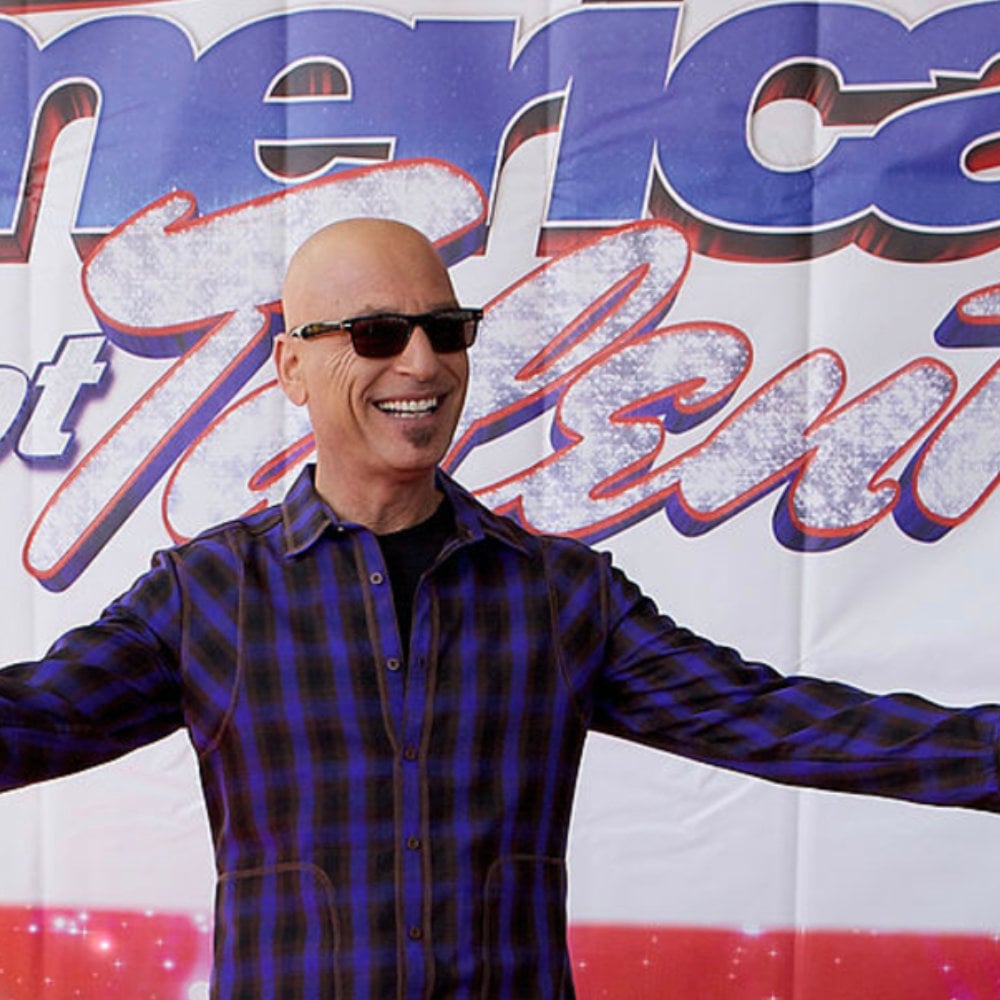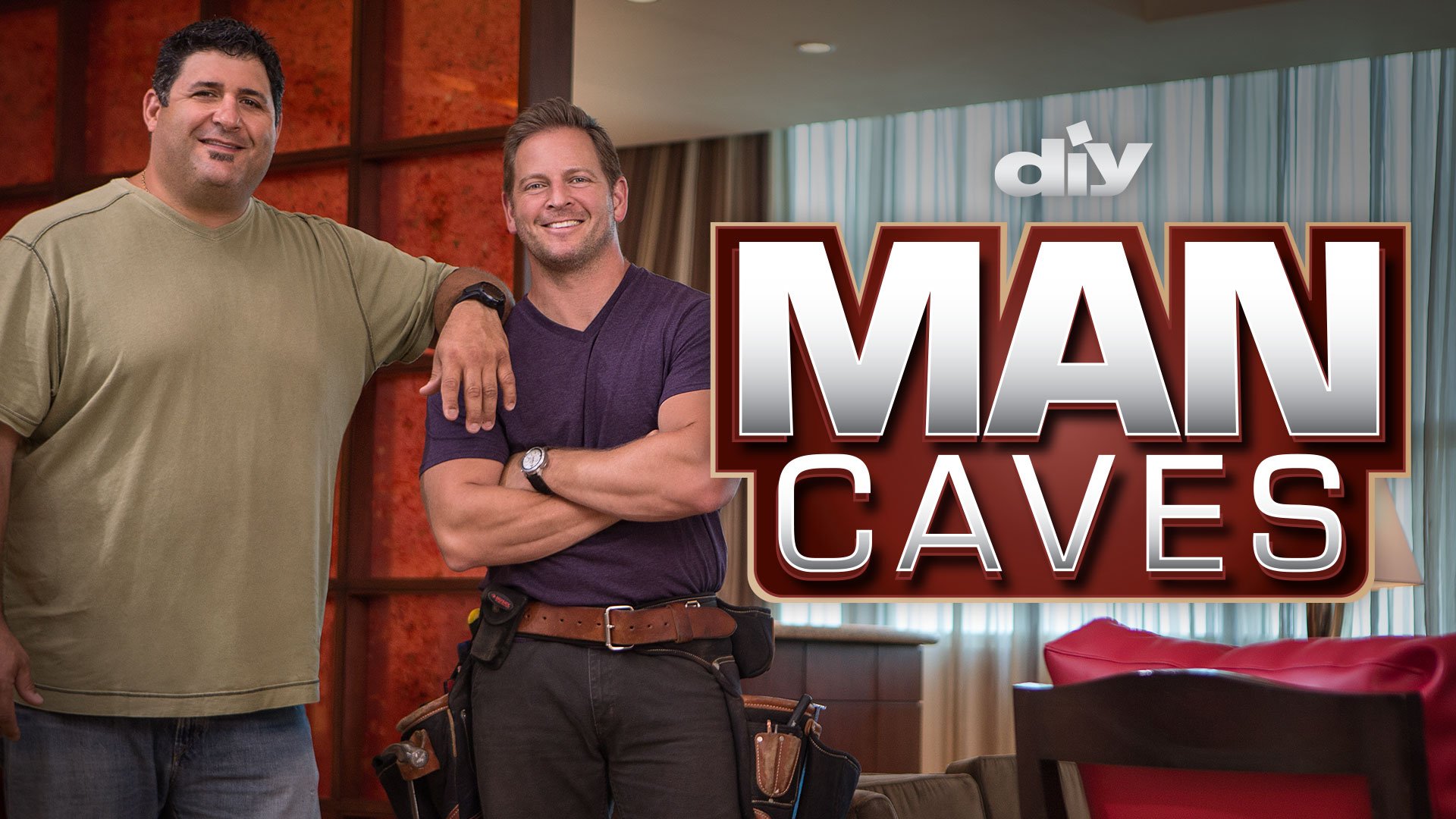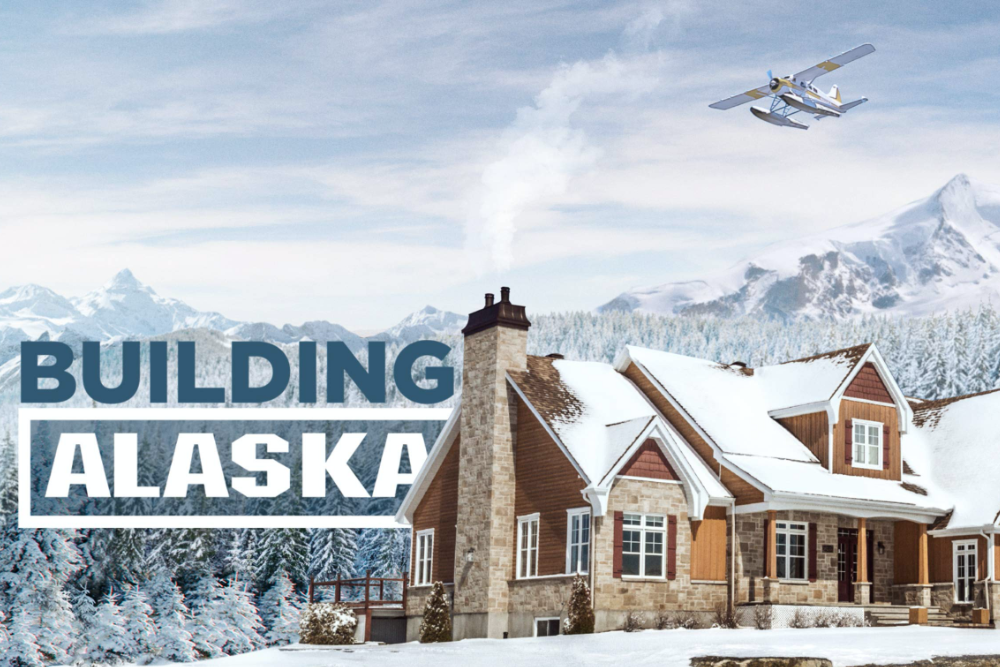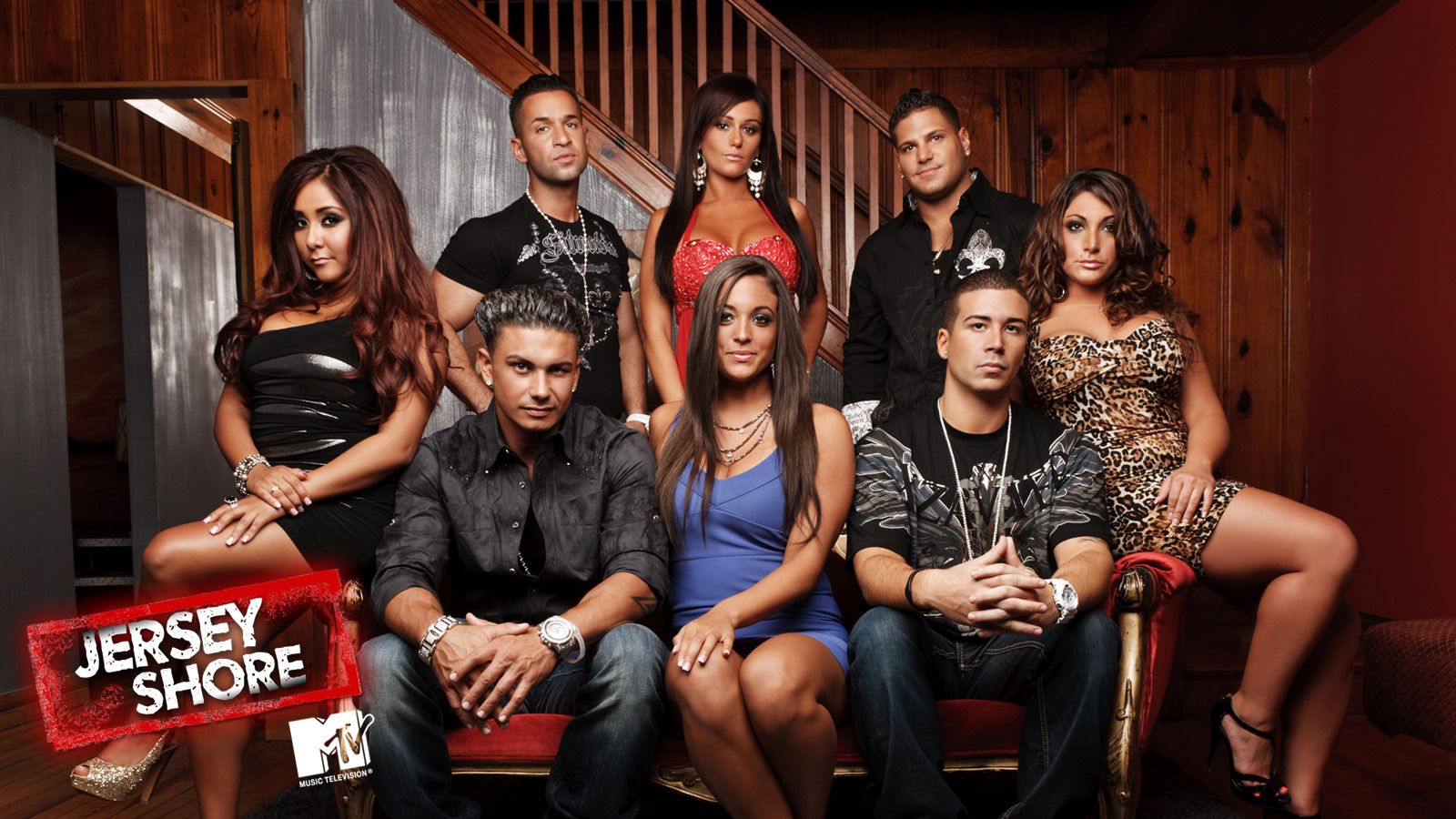Case Study
Predicting Reality TV Show Ratings
Did you know that traditional techniques are unable to forecast ratings of unscripted TV shows?
Immersion makes it possible.

Measuring the immersion of reality tv
One-half of the 400 highest rated shows on television in 2017 were unscripted "reality" TV. These run the gamut from rating darlings Survivor and America's Got Talent to disappointments like Comfort Food Tour and Flipping Virgins.
So many unscripted TV shows fail to find an audience that production companies are typically underpaid for several years after a show first airs, even if they are hits, while cable channels often overpay for new scripted shows that only produce mediocre ratings. This misalignment of resources hurts both producers and distributors of entertainment and disappoints viewers.



The Study
Dorsey Pictures challenged us to see if neurologic measures could differentiate top-rated, unscripted TV shows from bottom-rated shows. This sounded interesting, so we agreed to another blind study.
Immersion has used neuroscience data from our platform to predict sales bumps from video ads, YouTube views, movie ticket sales from trailers, and social shares from TV commercials, but had not tried to forecast TV ratings that could depend on many factors besides the quality of the content. We were not even sure how much content we needed to evaluate.
Here's what we decided to do: Dorsey Pictures picked top- and bottom-rated shows from six major U.S. cable TV channels, 25 shows in all. They identified the target demographic for these shows (ages 25-58, equally balanced between men and women) and we recruited 84 people and paid them to watch content. But, how much content? We decided to see if showing people the first act of shows (8-10 minutes) would be enough to predict ratings winners. Because people get tired and bladders get full, each person watched either 12 or 13 of the first-acts of shows. Our technology measures immersion every second, so we collected over half a million seconds of neurologic data.
0
Reality TV Shows
0%
Accuracy in predicting television ratings
0
brains measured
The Results
We estimated a logistic regression model to measure how accurately neurologic data would identify the 10 top-rated shows from the 15 with low ratings. Two neurologic measures – average immersion, and frustration – were sufficient to identify the best shows with 84% accuracy. When we added the variable "have you seen this show," predictive accuracy increased to 88%.
How about self-reports? We asked people which shows they intended to watch, and this only predicted the top-rated shows with 17% accuracy. Adding "I intend to watch this show" to the neurologic model did not improve the predictive accuracy at all.
In fact, none of the self-reported measures of whether people "liked" a show or thought the show was "good" were statistically predictive of ratings.
People cannot accurately report what they want to watch, but their brains – properly measured – can tell us.
Key Learnings
- Pilot episodes or sizzle reels of new shows should be tested for neurologic immersion to predict the ratings they are likely to receive and this information should be part of the sales negotiation.
- Immersion should be used to edit shows for the highest audience impact and to identify the most immersed audience segments – people who will share and discuss the shows they love.
- Commercials should be edited to raise immersion in order to drive audiences to watch shows.
Awesome, Right?!?
You should download the full case study and send it to a friend. We bet they'll love it.

